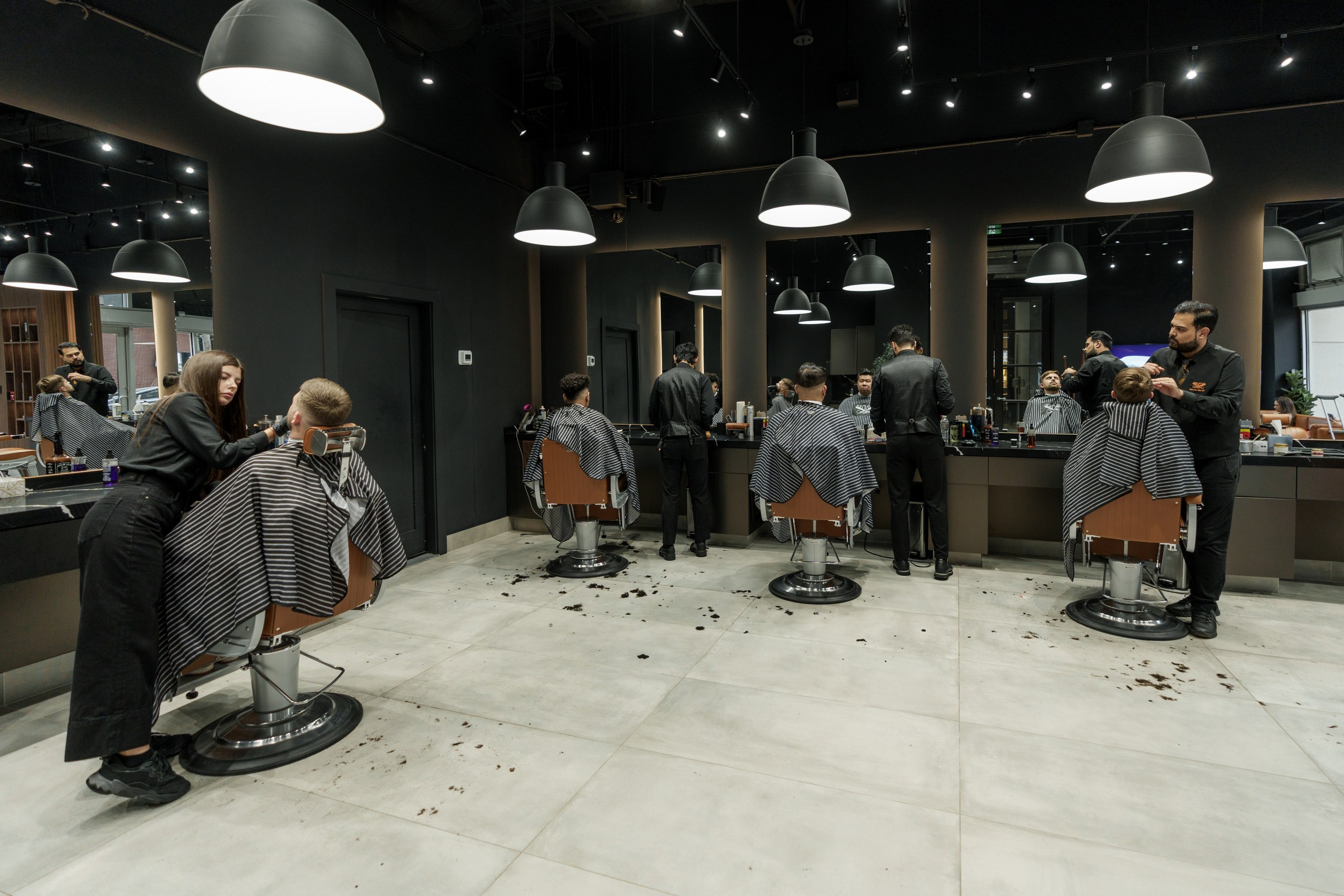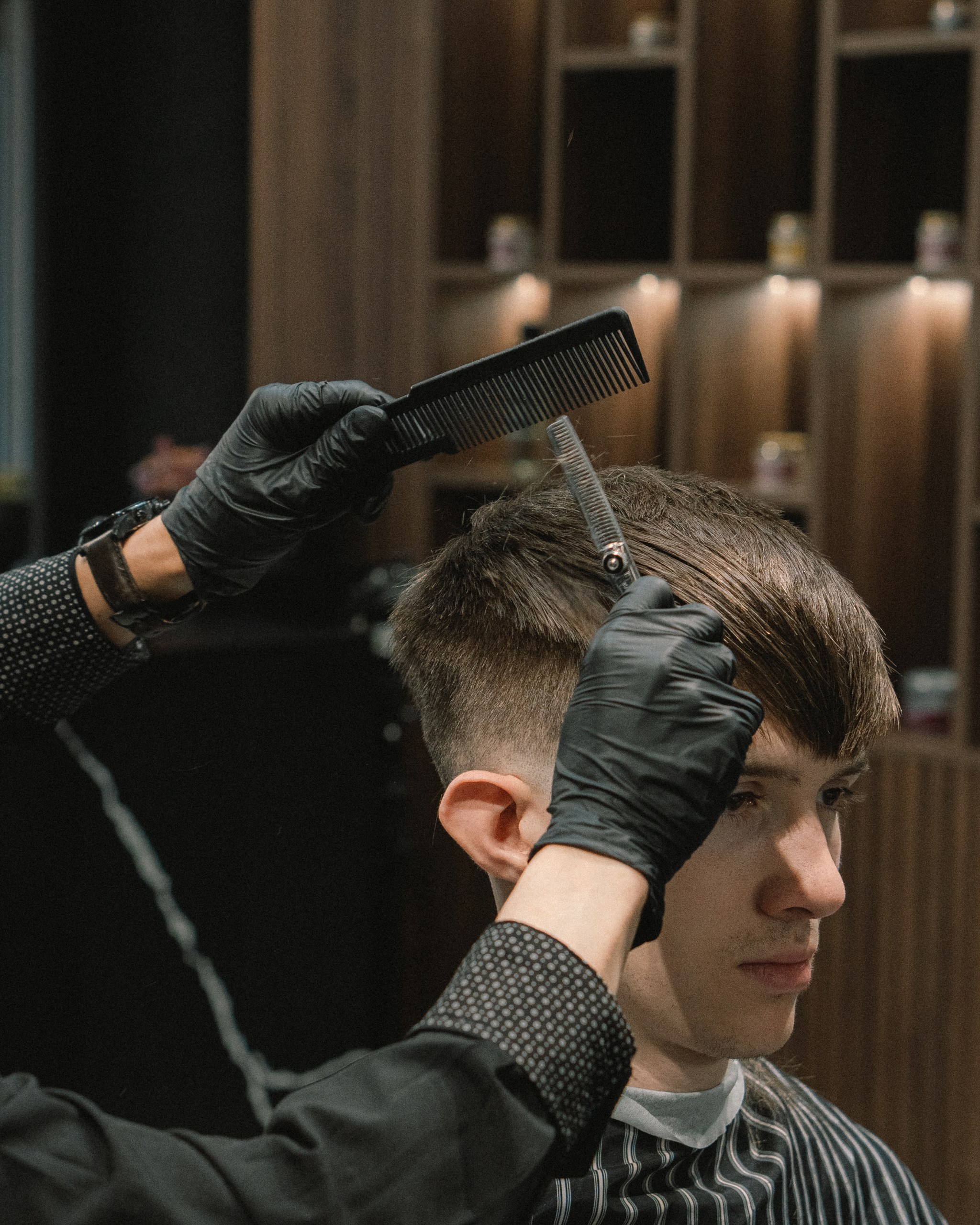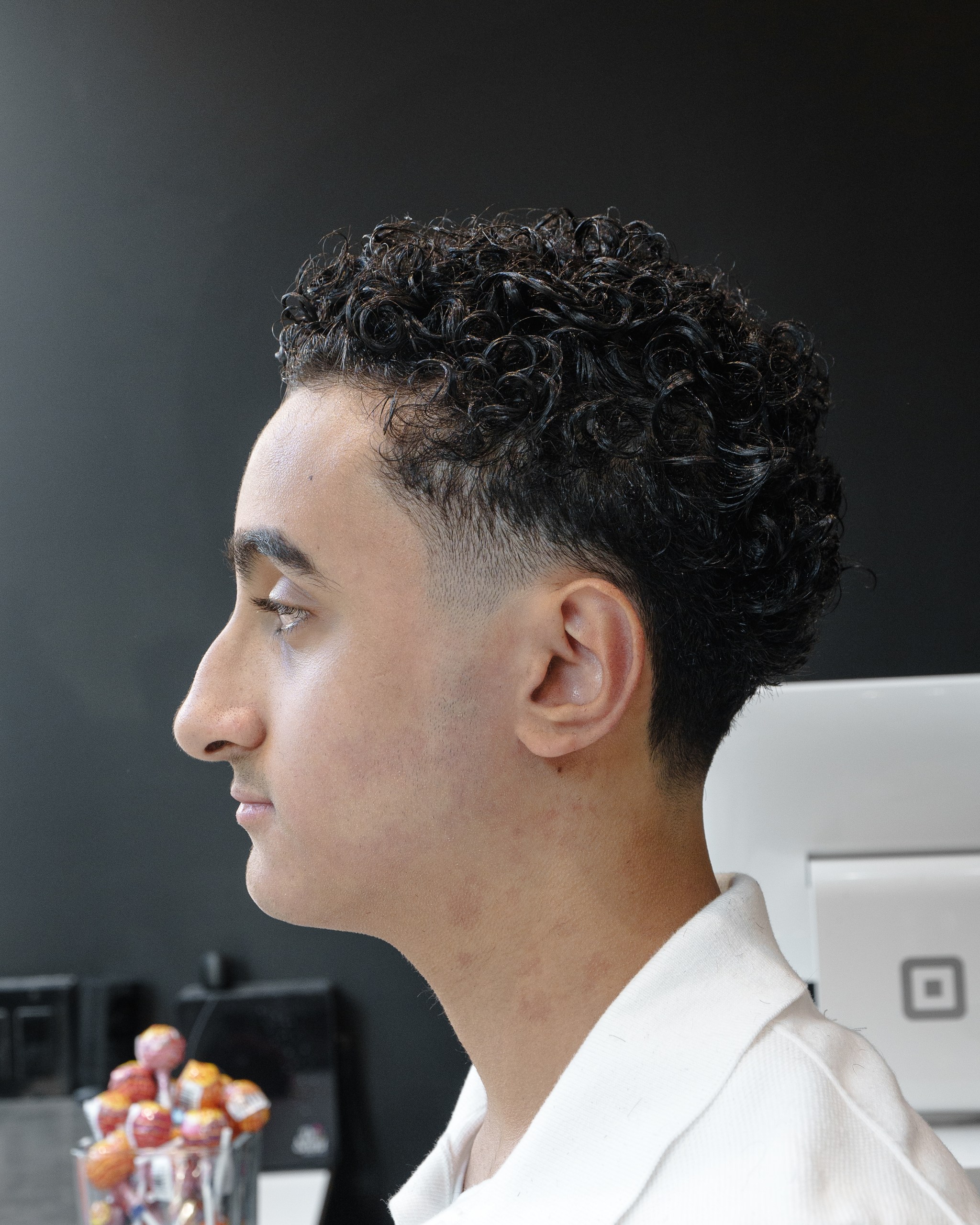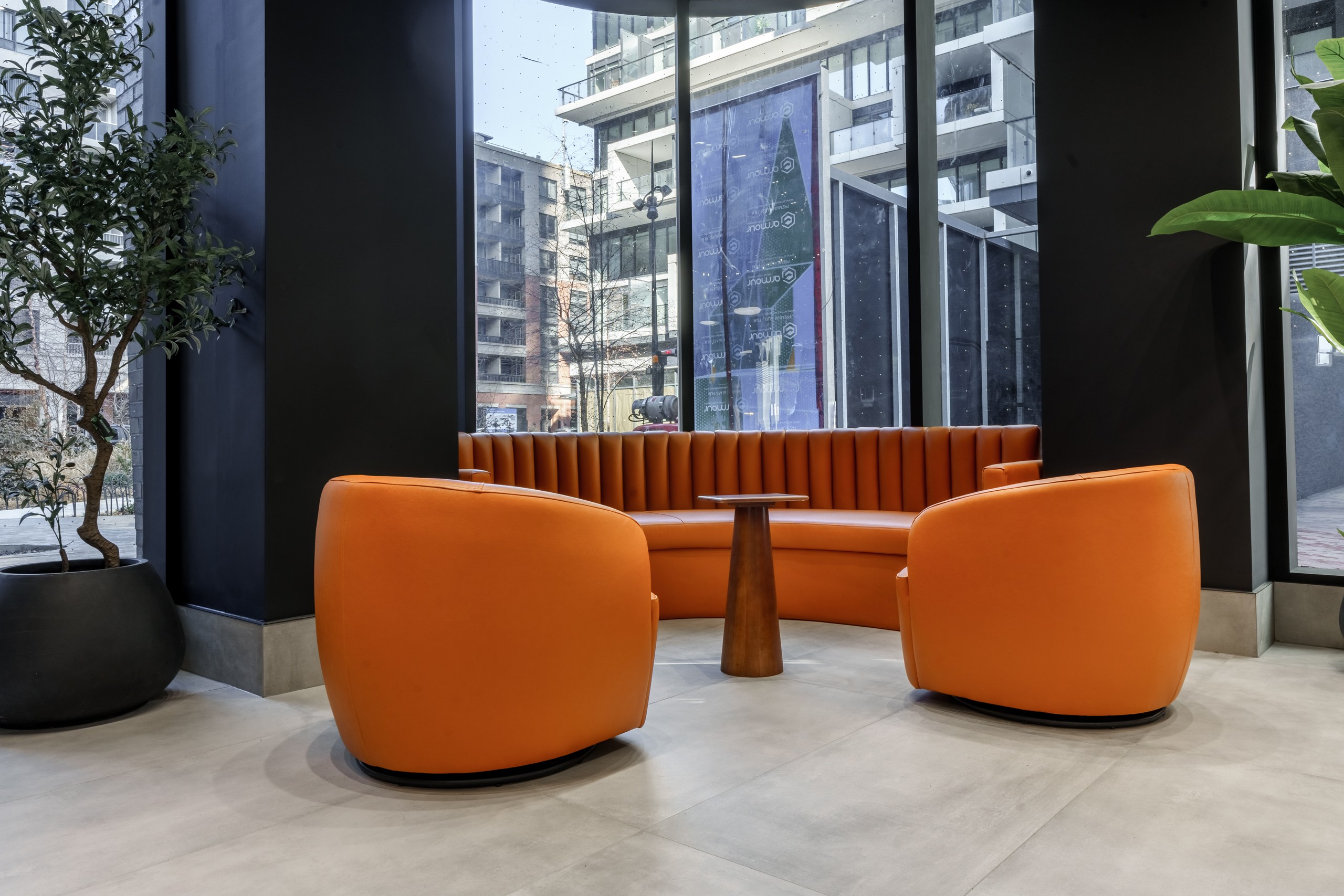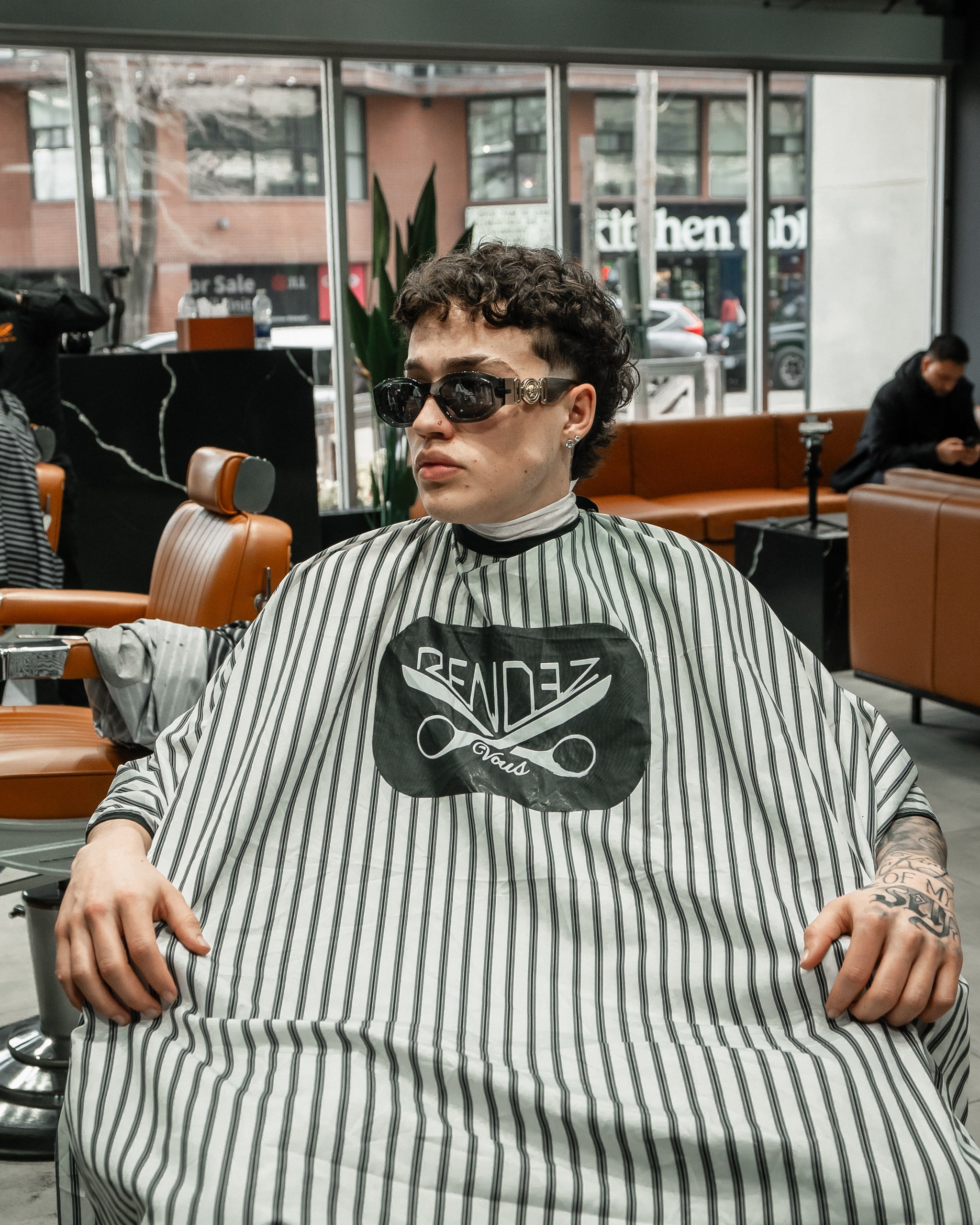Walk into any barbershop and watch a skilled barber work. Before they reach for a single product, they're already reading your hair—running their fingers through it, observing how it moves, testing how it responds to water. They're not just being thorough; they're determining your hair's porosity, the invisible factor that makes or breaks every product decision.
At Rendezvous Barbershops, we don't guess what your hair needs. We test its porosity first, because using the wrong products for your hair's absorption rate is like trying to fill a bucket with holes—everything just runs right through, leaving you frustrated and your hair looking worse than when you started.
What Hair Porosity Really Means
Your hair isn't just sitting there looking good, it's constantly absorbing and releasing moisture, oils, and every product you put on it. But here's what most guys don't realize: hair absorbs things at completely different rates depending on its structure.
Think of hair porosity like different types of fabric. A tight-weave cotton shirt repels water initially, while a loose-knit sweater soaks it up instantly. Your hair works the same way, and understanding this changes everything about how you should treat it.
Low porosity hair has cuticles that lie flat and tight, creating a barrier that's tough to penetrate. These guys often complain that products just sit on their hair without doing anything. Their hair takes forever to get wet in the shower but also takes forever to dry completely.
High porosity hair has lifted or damaged cuticles that let everything in and out quickly. This hair gets soaked instantly but dries out just as fast. It absorbs products immediately but needs constant reapplication.
Normal porosity hair falls right in the middle—cuticles that are slightly raised, allowing controlled absorption and release. This hair plays well with most products and maintains moisture balance without much fuss.
The Professional Tests We Use
At the shop, we've got quick, reliable methods to determine your hair's porosity before we recommend anything.
The finger test: We run our fingers along a hair strand from tip to root. Smooth feeling means low porosity. Rough or bumpy texture suggests high porosity. It's immediate feedback that guides every decision we make.
The water observation: We watch how your hair responds when water hits it. Low porosity hair beads water on the surface like a freshly waxed car. High porosity hair drinks it up like a sponge. Normal porosity shows gradual, even absorption.
The product response: We apply a small amount of leave-in conditioner and watch what happens. Does it sit on the surface? Absorb immediately? This tells us exactly what your hair will do with every product we recommend.
These tests take under two minutes, but they prevent months of frustration with products that were never going to work for your hair type.
DIY Tests You Can Do at Home
You don't need professional training to test your hair's porosity. Here's how to get reliable results in your own bathroom.
The float test: Take a few clean hairs from your brush and drop them in a glass of room temperature water. Wait 2-4 minutes and see what happens:
- Hair floats on top = low porosity
- Hair sinks slowly = normal porosity
- Hair sinks immediately = high porosity
The slip test: Run your fingers along a single hair strand from tip to root. Low porosity hair feels completely smooth. High porosity hair catches on your fingers like a rough surface.
The spray test: Mist clean, dry hair with water from a spray bottle. Low porosity hair will bead the water on the surface for several seconds. High porosity hair absorbs it almost instantly.
These simple tests give you the same information professional barbers use to make product decisions.
Why Damage Changes Everything
Your hair's porosity isn't fixed for life. Damage consistently moves hair from lower to higher porosity, and understanding this progression helps explain why your routine might need adjustment over time.
Chemical damage from coloring, bleaching, or chemical straightening permanently lifts cuticles. Each process increases porosity, which is why heavily processed hair often feels dry and damaged no matter what products you use.
Heat damage from blow dryers, flat irons, and hot styling tools gradually lifts and damages cuticles. The damage accumulates with each use, slowly moving your hair toward higher porosity.
Environmental factors like UV exposure, chlorine, and pollution can increase porosity over time. This is why hair often feels different after a summer of beach days or pool sessions.
Age and wear naturally increase porosity as hair structure weakens and damage accumulates over years of washing, styling, and environmental exposure.
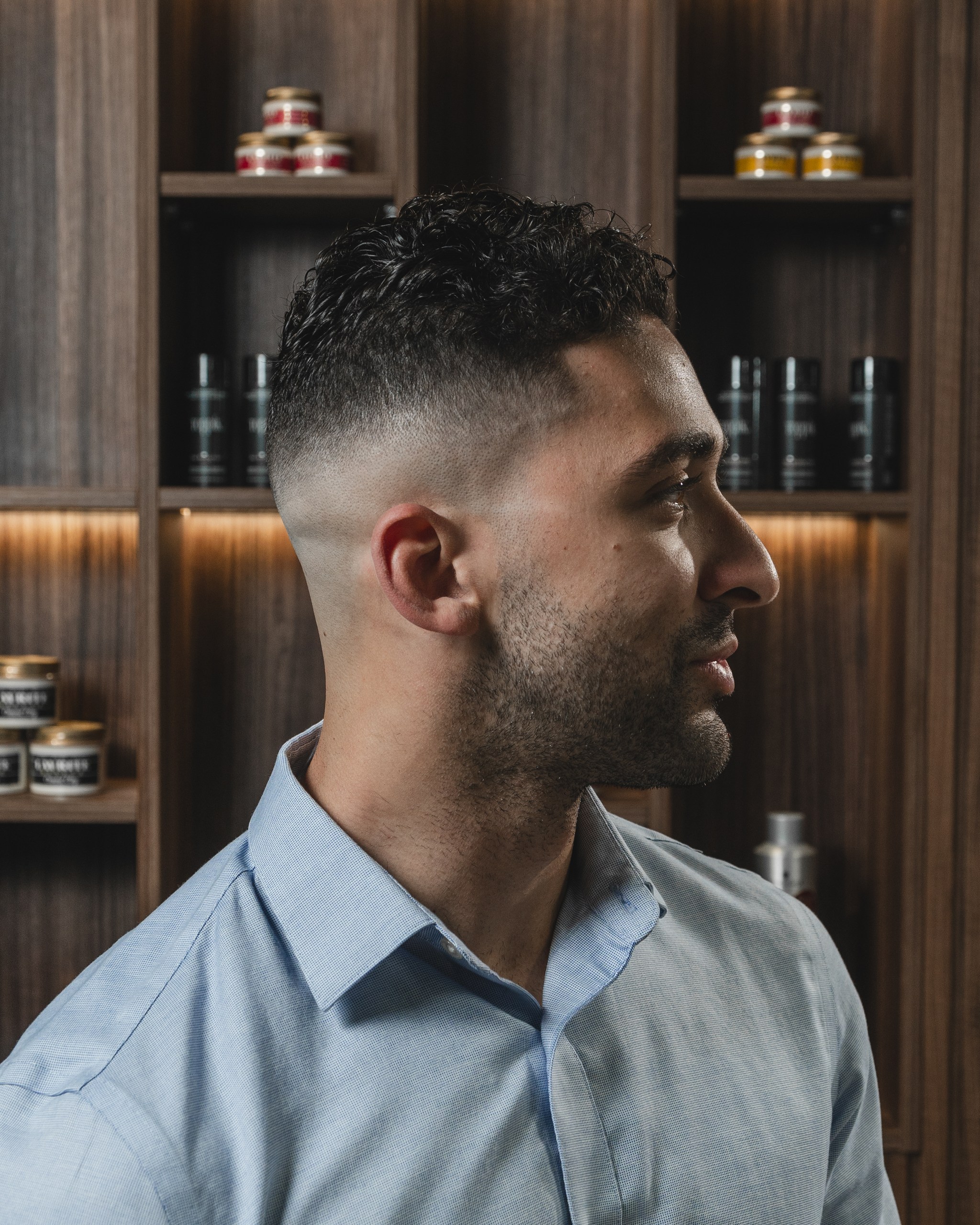
Product Selection That Actually Works
Understanding your porosity level completely changes which products will give you results instead of frustration.
Low porosity strategy: You need lightweight, water-based products that can actually penetrate your hair. Heavy creams and oils just create buildup. Look for clarifying shampoos to remove accumulated products and heat application to help treatments absorb.
High porosity strategy: You need products that fill gaps and seal cuticles. Heavier creams, oils, and protein treatments help repair damaged areas and slow moisture loss. Your hair can handle richer formulations that would weigh down other hair types.
Normal porosity strategy: Most products work well for you, but focus on maintaining balance. Regular conditioning prevents damage progression, and occasional protein treatments keep structure strong.
The difference between success and frustration often comes down to matching products to porosity, not finding the most expensive or highly-rated options.
Toronto's Climate Challenge
Living in Toronto creates specific porosity challenges that affect how your hair behaves throughout the year.
Winter dryness hits high porosity hair hardest, pulling moisture out faster than you can replace it. Low porosity hair might actually benefit from the lower humidity, experiencing less frizz and better manageability.
Summer humidity causes high porosity hair to absorb excess moisture from the air, leading to frizz and loss of style. Low porosity hair may struggle with product buildup as sweat and humidity prevent proper cleansing.
Seasonal adjustments become crucial. What works in January might fail completely in July, and smart grooming means adapting your routine to support your hair through Toronto's extreme seasonal changes.
Professional Treatments That Match Your Porosity
Understanding porosity helps determine which professional treatments will actually benefit your specific hair structure.
Low porosity treatments: Steam treatments to temporarily open cuticles for deep conditioning. Clarifying services to remove stubborn buildup. Protein-free conditioning with heat application for maximum penetration.
High porosity treatments: Cuticle-sealing treatments that smooth damaged areas. Protein treatments to fill structural gaps. Protective coatings that reduce ongoing moisture loss.
Normal porosity treatments: Regular deep conditioning to maintain natural balance. Preventive treatments to stop damage progression. Seasonal adjustments to handle environmental changes.
At Rendezvous Barbershops, we don't offer one-size-fits-all treatments. We test your porosity and recommend services that actually address your hair's specific needs.
Common Porosity Mistakes That Ruin Results
Most guys unknowingly use the wrong approach for their porosity level, creating problems instead of solutions.
Low porosity mistakes: Using heavy oils that create buildup. Skipping clarifying treatments. Not using heat to help product absorption. These mistakes make hair look greasy and feel lifeless.
High porosity mistakes: Using harsh shampoos that strip remaining moisture. Avoiding heavier products that could actually help. Not protecting hair from further damage. These mistakes accelerate dryness and damage.
Universal mistakes: Assuming porosity is the same everywhere on your head. Following generic advice instead of testing your specific hair. Expecting immediate results from porosity-appropriate products.
The Bottom Line
Hair porosity testing isn't complicated science—it's practical knowledge that saves time, money, and frustration. Understanding your hair's absorption rate explains why some products work amazingly while others do nothing, regardless of price or reputation.
The best part? Once you know your porosity level, you can make informed decisions about products, treatments, and routines. No more guessing, no more disappointment with expensive products that don't deliver.
Your hair has specific needs based on its structure, not marketing promises or trending ingredients. Work with those needs instead of against them, and you'll finally get the results you've been looking for.
Professional Guidance Makes the Difference
At Rendezvous Barbershops, we don't just cut hair, we analyze it. Before we recommend any product or treatment, we test your hair's porosity and explain what it means for your specific situation.
Ready to understand your hair's absorption rate and stop wasting money on products that don't work? Book an appointment today and discover what your hair actually needs, not what advertisements tell you to buy.


